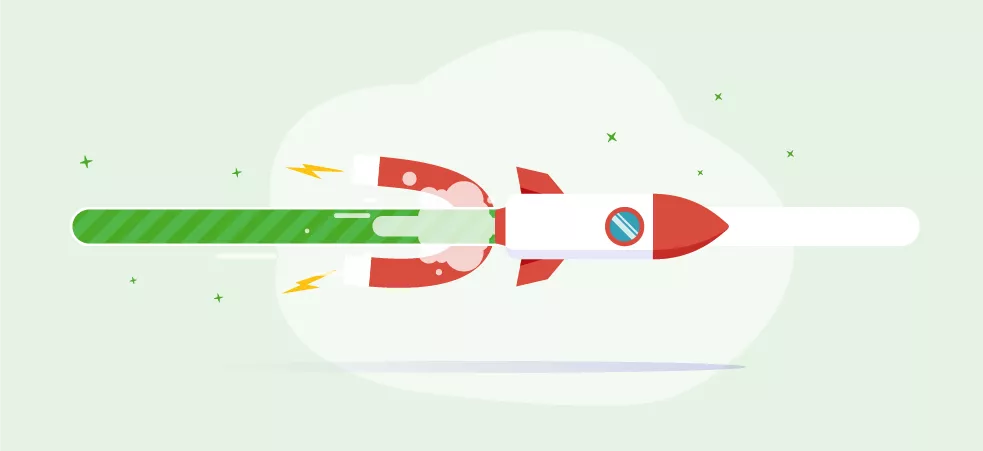The ready-to-use CRM for small businesses and startups.

The 5 Steps for Optimising Your Customer Journey
The Customer Journey covers the sum of all the points of contact your customers have with your company, from the first interaction, through a request for a product demonstration, for example, all the way to the actual purchase. However, before thinking about the customer journey, make sure you actually deliver on the promises you make to your customers. Here are the different steps for optimising your Customer Journey...
1st step: build an interdepartmental team.
The Customer Journey covers the entire sales cycle: pre-sales, sales and after-sales. This means it is cross functional, and involves all the departments of your organisation. Therefore, in order to bring coherence to the Customer Journey as a whole, all departments need to come together to optimise each of the interactions of the journey. That is why you need an interdepartmental team, so that each key group of the organisation is represented in this process.
2nd step: examine your product.
Before optimising the interactions which make up your Customer Journey, analyse your product offering to make sure that what you deliver is in line with your customers’ expectations. To nurture and structure this analysis, you can use the Minimum Viable Product (MVP) strategy. Although this concept is normally used for new products, it can also be used to identify strengths and weaknesses of existing products.
Defining your MVP:
- “Target”: define your customer profile (socio-demographic category, profession, age, motivation, etc.);
- “Must Have”: list the product features which customers expect (or demand) and which are offered by your company;
- “Should Have”: list the product features which customers expect and which can be introduced by your company after a corrective process (we will come back to this);
- “Could Have”: list the product characteristics which customers expect but your company is unable to deliver in the short term (for example, due to a lack of resources);
- “Alternatives”: list all alternative options on the market which would meet the needs of your customers should your product not deliver its promises;
- “Won’t have”: list all the features of your product which cannot or will not be able to deliver in the short or the long term.
3rd step: implement corrective actions.
Once you have identified the weaknesses of your product, the next logical step is to implement corrective actions. Here we encounter the very important distinction between corrective and remedial actions.
If a customer complains about a delay in delivery, you might give him/her a discount on his/her next purchase. This would be a remedial action. A more permanent solution, however, would be to tackle the crux of the problem – by changing carriers, for example. This will offer a lasting fix, and will solve the issue for all your customers. It is a corrective action.
Corrective measures, therefore, are those which help you redress the weaknesses of your products which you identified in the previous stages.
4th step: map your customer journey.
Once your team has identified the strengths and weaknesses of your products or services, they can move on to defining the Customer Journey. Here are the different phases to be taken into account:
- The primary phases of the Customer Journey (“Phase 1”): for example, pre-sale, sale, post-sale, etc.
- The secondary phases of the Customer Journey (“User Action”): for example, visiting your website or signing up for your newsletter both belong to the secondary phases linked to the “pre-sales” primary phase
- Evaluate customer expectations and satisfaction (“User Thoughts”)
- Implement optimization actions (“Opportunities”)

5th step: track your Customer Journey.
Working on the Customer Journey without tracking the outcome of your optimisation actions is like building a boat without a rudder. Appoint a Quality Manager and implement a collaborative tool which will facilitate this monitoring.
With a CRM solution, you can log and track all these optimisation measures. For example, if you promise you will send quotes within 24 hours, with just a click of the mouse your Quality Manager will be able to monitor this is effectively done. This does not mean the CRM solution should be viewed as a tool to spy on employees, but rather understood as a means for leveraging customer data and performance indicators for internal reporting.
In conclusion
The effective optimisation of your Customer Journey depends on a number of essential preliminary steps. Defining the optimal Customer Journey is no easy task. However, given that retaining customers is cheaper than acquiring new ones, a customer-centric approach is nothing short of essential.
Learn more about:




